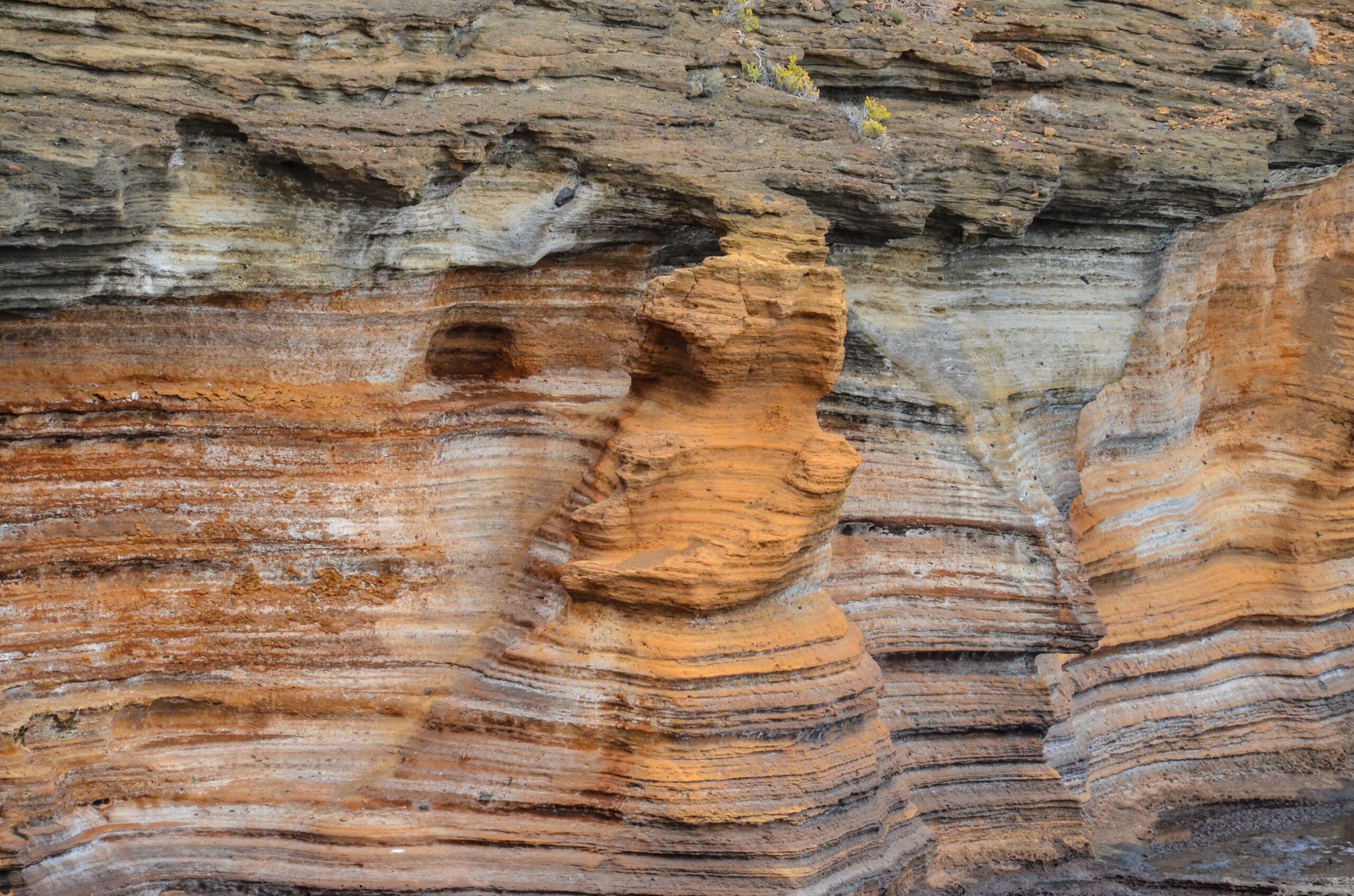Nestled deep within the rugged wilderness of Oregon, a precious gem is waiting to be found: Timber Gulch. This untouched natural wonder offers a captivating blend of stunning landscapes and a serene ambience, making it a paradise for avid explorers. This blog article will start a virtual journey through Timber Gulch Oregon, uncovering its secrets, trails, and the unique experience it offers those who venture into its depths.
Discovering Timber Gulch Oregon: A True Pathfinding Experience
Imagine the thrill of being the first person to set eyes upon an unexplored wilderness. Timber Gulch in the Honeycomb Wilderness Near Jordan Valley, Oregon, offers just that sense of discovery. This remote area provides a genuine pathfinding experience without signs or maintained trails. To find Timber Gulch, one must navigate through Marsing, Idaho, traverse over an hour of dirt roads, eventually crossing into Oregon and descending into Leslie Gulch.
The Trail Less Traveled: Finding Timber Gulch Trailhead
The adventure begins not at an official trailhead but at a small dirt pull-out barely wide enough for a single car. There are no marked paths here; instead, you’ll rely on your instincts and nature’s cues. Following dry streams, game trails, and faint footprints, you’ll embark on a journey into the heart of Timber Gulch. The wild nature of this trail defines its constantly changing route, making each step a unique exploration.
Navigating Timber Gulch: A Wilderness Like No Other
As you venture further into Timber Gulch, the landscape transforms dramatically. Rocky Creek beds give way to expansive burnt volcanic rocks, creating an ancient amphitheatre-like setting. The acoustics are surreal, with birds nesting in rock holes filling the air with melodic chirps. The feeling of isolation and connection with nature is profound, making the journey worthwhile.
Safety First: A Note of Caution
While Timber Gulch offers a unique and enthralling experience, it’s essential to prioritize safety. Flash floods are common in the area, making it crucial to check the weather forecast before embarking on this trail. Always be prepared with appropriate gear, plenty of water, and a keen sense of your surroundings. Respect the wilderness, and it will reward you with its awe-inspiring beauty.
Conclusion: Timber Gulch Oregon – Where Exploration Meets Serenity
Timber Gulch Oregon, is more than just a hiking trail; it’s a sanctuary for those seeking the thrill of exploration and the tranquility of nature. This hidden gem offers a genuine pathfinding experience with its challenging paths and breathtaking vistas. As you immerse yourself in the rugged beauty of Timber Gulch, you’ll discover the true essence of Oregon’s wilderness.
In conclusion, Timber Gulch Oregon is a testament to the unyielding spirit of exploration. Its raw, untouched beauty invites adventurers to step off the beaten path and into a world where nature reigns supreme. So, gear up, pack your curiosity, and venture into Timber Gulch – a journey that promises both exhilarating challenges and moments of serene bliss.
ALSO READ: Install HFW 4.90
FAQs About Timber Gulch Oregon
Q1: What makes Timber Gulch in Oregon unique?
A1: Timber Gulch in Oregon stands out for its untouched wilderness and the genuine sense of exploration it offers. Timber Gulch remains a hidden gem, unlike popular hiking spots, accessible to those willing to venture off the beaten path.
Q2: How do I find the Timber Gulch trailhead?
A2: There is no official trailhead for Timber Gulch. To find it, navigate through Marsing, Idaho, and drive over an hour of dirt roads, crossing into Oregon and descending into Leslie Gulch. Look for a small dirt pull-out, barely wide enough for a single car, which marks the starting point.
Q3: Is Timber Gulch a maintained trail?
A3: No, Timber Gulch does not have maintained trails. Explorers must rely on instincts, dry streams, game trails, and faint footprints to navigate this wild terrain. The trail’s nature defines its constantly changing route, making each hike a unique experience.
Q4: What precautions should I take while hiking Timber Gulch?
A4: It’s crucial to check the weather forecast before hiking Timber Gulch, as flash floods are common in the area. Pack appropriate gear, carry plenty of water, and know your surroundings. Respect the wilderness and prioritize safety at all times.
Q5: Can I camp at Timber Gulch?
A5: There are no designated camping areas in Timber Gulch. It’s advisable to camp at established campgrounds nearby, such as the Leslie Gulch Campground, and plan day hikes to explore Timber Gulch.
Q5: What time of year is ideal for visiting Timber Gulch?
A6: The dry season, when the weather is steady and there is little chance of flash floods, is the ideal time to explore Timber Gulch. The best seasons for hiking are often from early spring to late autumn, offering a safer and more pleasant experience.
Q7: Are pets allowed on the Timber Gulch trail?
A7: While no specific restrictions are mentioned, it’s advisable to check local regulations and guidelines regarding pets in the Honeycomb Wilderness area. Always keep your pets on a leash and clean up after them to preserve the natural environment.
Q8: Are there any guided tours available for Timber Gulch?
A8: Due to Timber Gulch’s remote and unmarked nature, guided tours are uncommon. Exploring this area is best suited for experienced hikers and adventurers comfortable navigating challenging terrains independently.
Q9: Are there restroom facilities along the Timber Gulch trail?
A9: No restroom facilities are along the Timber Gulch trail or at the trailhead. It’s essential to plan accordingly and practice Leave No Trace principles by disposing of waste responsibly.
Q10: What should I do if I encounter wildlife in Timber Gulch?
A10: If you encounter wildlife, maintain a safe distance and observe animals from afar. Do not approach or feed them, as it can disrupt their natural behavior. Carry bear spray and familiarize yourself with wildlife safety guidelines before hiking.




